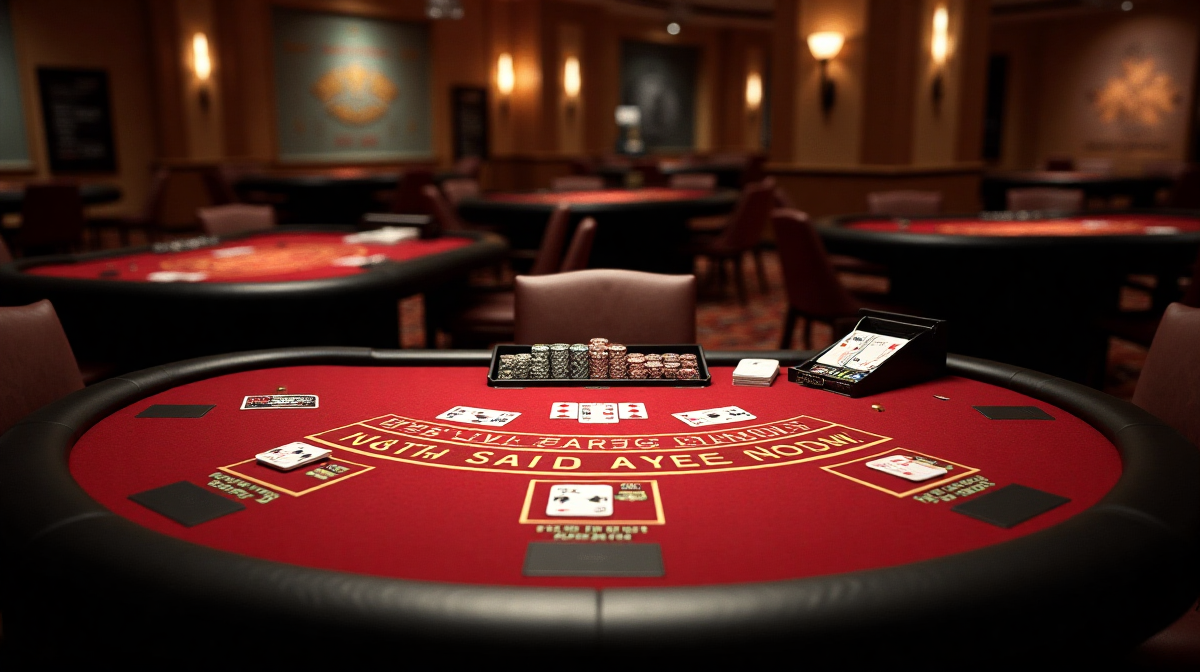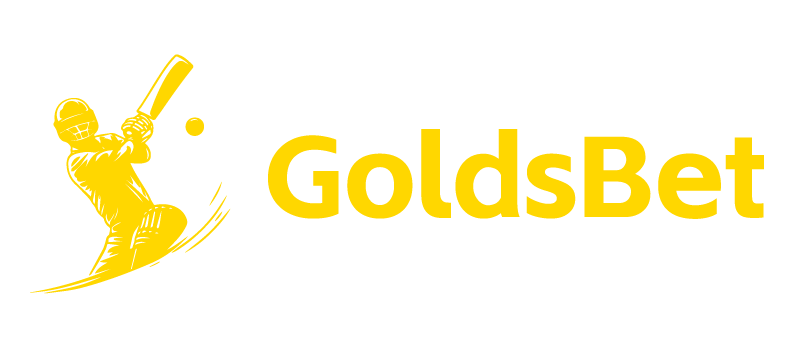Blackjack Table Guide: Maximize Your Wins!
What is Blackjack?
Blackjack, also known as 21, is a classic casino game steeped in history. Its origins can be traced back to the 18th century, evolving from French card games. The objective is simple: beat the dealer by having a hand value closer to 21 than the dealer's, without exceeding 21. It's a game of skill, strategy, and a little bit of luck. Many players enjoy the thrill of the game and the potential to win, and platforms like GoldsBet offer opportunities to play and potentially win real money.
Basic Blackjack Terminology
Understanding the language of blackjack is crucial. Hit means to ask for another card. Stand means to keep your current hand. Bust signifies exceeding 21, resulting in an automatic loss. Double Down allows you to double your bet and receive only one more card. Split allows you to separate a pair into two separate hands. These terms are fundamental to navigating the game effectively.

Understanding the Value of Cards
Cards in blackjack have specific values. Numbered cards (2-10) are worth their face value. Face cards (Jack, Queen, King) are each worth 10. Aces are unique – they can be worth 1 or 11, depending on which value benefits your hand the most. This flexibility is key to strategic play.
Table Positions
A blackjack table typically accommodates several players, all facing the dealer. Each player has a designated spot to place their bets. The dealer also has a specific area for dealing cards and managing the game.
Betting Areas
Each player position has a betting area marked on the table. Casinos establish minimum and maximum bet limits for each table, catering to different player budgets. Always be aware of these limits before joining a game.
The Dealer’s Area
The dealer’s area includes the card dealing zone and a discard tray for used cards. Understanding blackjack dealer rules is important; dealers must follow strict protocols, such as hitting on 16 or less and standing on 17 or more.
Understanding Hard Hands
A “hard hand” is any hand without an Ace, or where the Ace is counted as 1. For example, a 10 and a 7 is a hard 17. Basic strategy dictates specific actions based on your hard hand total and the dealer's upcard.
Understanding Soft Hands
A “soft hand” includes an Ace counted as 11. For example, an Ace and a 6 is a soft 17. Soft hands offer more flexibility because the Ace’s value can be adjusted.
When to Hit, Stand, Double Down, and Split
The core of blackjack strategy lies in knowing when to hit, stand, double down, or split. Generally, you should hit if your hand is 11 or less, stand if your hand is 17 or more, double down with a strong hand against a weak dealer upcard, and split pairs strategically. A Basic Strategy Chart Download can be incredibly helpful in mastering these decisions.
Common Beginner Mistakes
Avoid common pitfalls like hitting on 17 or more, taking insurance (usually a bad bet), and not understanding basic strategy. Learning from these mistakes will significantly improve your game.
Card Counting
Card counting involves tracking the ratio of high to low cards remaining in the deck to gain an advantage. It’s a complex strategy requiring practice and a good memory. However, casinos often frown upon it and may take action against suspected card counters.
Bankroll Management
Effective Blackjack Bankroll Strategy is paramount for long-term success. Set a budget for your sessions and stick to it. Avoid chasing losses, and understand that blackjack involves variance.
Standard Blackjack Rules
Standard blackjack rules typically favor the house, but the house edge can be minimized by employing basic strategy. Variations exist, so always familiarize yourself with the specific rules of the table you’re playing at.
Common Blackjack Variations
Several blackjack variations exist, each with its own unique rules. European Blackjack typically deals cards face down, while American Blackjack (21) allows resplitting and doubling down on any two cards. Spanish 21 uses a 48-card deck, and Blackjack Switch allows you to switch the top cards of your two hands.
Proper Hand Signals
Use clear hand signals to indicate your intentions. A wave of the hand means hit, a flat palm means stand, and placing a chip next to your bet means double down. These signals ensure clear communication with the dealer.

Tipping the Dealer
Tipping the dealer is customary, especially if you’re winning. It’s a sign of appreciation for their service.
Online vs. Live Blackjack
Online blackjack offers convenience and affordability, but may lack the social interaction of a live casino. Live dealer blackjack bridges the gap, providing a real-time casino experience from the comfort of your home. If you're looking for a platform, consider where you can potentially use a goldsbet redeem code for bonuses.
Key Terms Defined
- Bust: Exceeding 21.
- Hit: Requesting another card.
- Stand: Keeping your current hand.
- Double Down: Doubling your bet and receiving one more card.
- Split: Separating a pair into two hands.
- Insurance: A side bet offered when the dealer shows an Ace.
- Push: A tie between the player and the dealer.
Common Blackjack Queries
Many players ask about optimal strategy, bankroll management, and the legality of card counting. Consulting a Blackjack Strategy FAQ can address these concerns.
Recap of Key Strategies
Mastering basic strategy, practicing bankroll management, and understanding the rules are essential for success in blackjack.
Resources for Further Learning
Numerous resources are available online and in print to help you improve your blackjack game. Consider using a Blackjack Strategy Trainer to hone your skills. If you're interested in exploring online options, remember that some platforms, like GoldsBet, may even have an goldsbet old version download available for those who prefer a specific interface.

